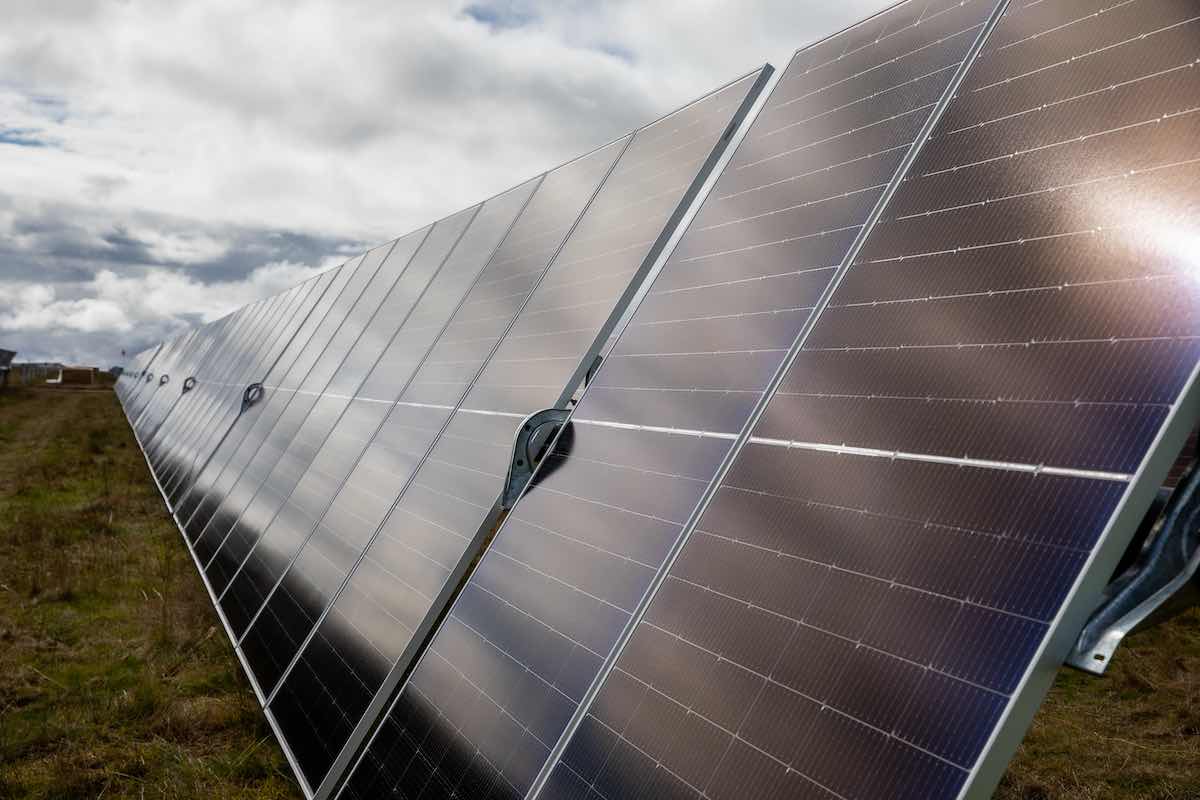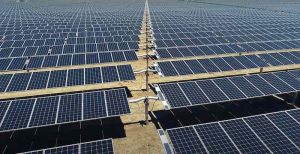University of New South Wales researchers say nimble, grid-connected batteries and a broad range of different renewables will be key to managing sudden solar fluctuation on the grid, as more and more of Australia’s daytime electricity supply is generated by PV – and as climate change drives more frequent weather extremes.
Modelling by UNSW Sydney researchers shows the magnitude, frequency and duration of disruptive solar generation events – cloud movements that result in a sudden increase or decrease of outputs, called ramps – will change significantly over the next century.
The findings, published in Scientific Reports, found ramp events are likely to become longer and more frequent across the east coast and parts of northern Australia, although their magnitude will likely shrink.
The modelling also finds that these changes would be more significant under high emissions – a scenario Australia is currently headed towards.
“Solar PV generation is affected by climate factors, which makes it susceptible to climate change,” says Shukla Poddar, lead author of the study and a PhD candidate at the School of Photovoltaics and Renewable Energy Engineering.
“For example, changes to the way clouds pass over solar panels could cause sudden decreases (ramp-downs) or increases (ramp-ups) that can cause voltage fluctuations and blackouts.”
Poddar says that the overall message from the modelling is that we should expect solar ramps to become more common over the next century, depending somewhat on geography and emissions.
For grid operators, Podder adds, “it means they need to be prepared with the proper technologies and strategies to manage more regular intermittency issues.”
One of the key technologies to manage this problem will be batteries. Podder says managing the fluctuations caused by solar ramps is possible through mass storage technology, as well as through the diversification of the renewable energy mix in the grid.
“During ramp-up events, large batteries can store excess solar to help reduce the strain on the grid,” says associate professor Merlinda Kay, co-author of the study and lecturer in the School of Photovoltaic and Renewable Energy Engineering.
“In a ramp-down event, the stored energy can be fed back into the grid to help compensate for the loss in solar power and maintain grid stability.
“Combining this with renewable energy technologies like wind, which can operate at night, is also essential, and is already working quite well in places like South Australia at the Hornsdale Power Reserve with the Tesla battery powerpack.”
The research also found that building solar farms in optimal locations in the first place will be another key strategy for mitigating against power ramps.
And they hope to be able to help developers and network operators with that, both in Australia and globally.
“The framework we’ve developed here to study future ramp events spatiotemporally using climate modelling can be applied to different places around the world to ensure optimum grid operations in the future as the climate changes,” Poddar says.







